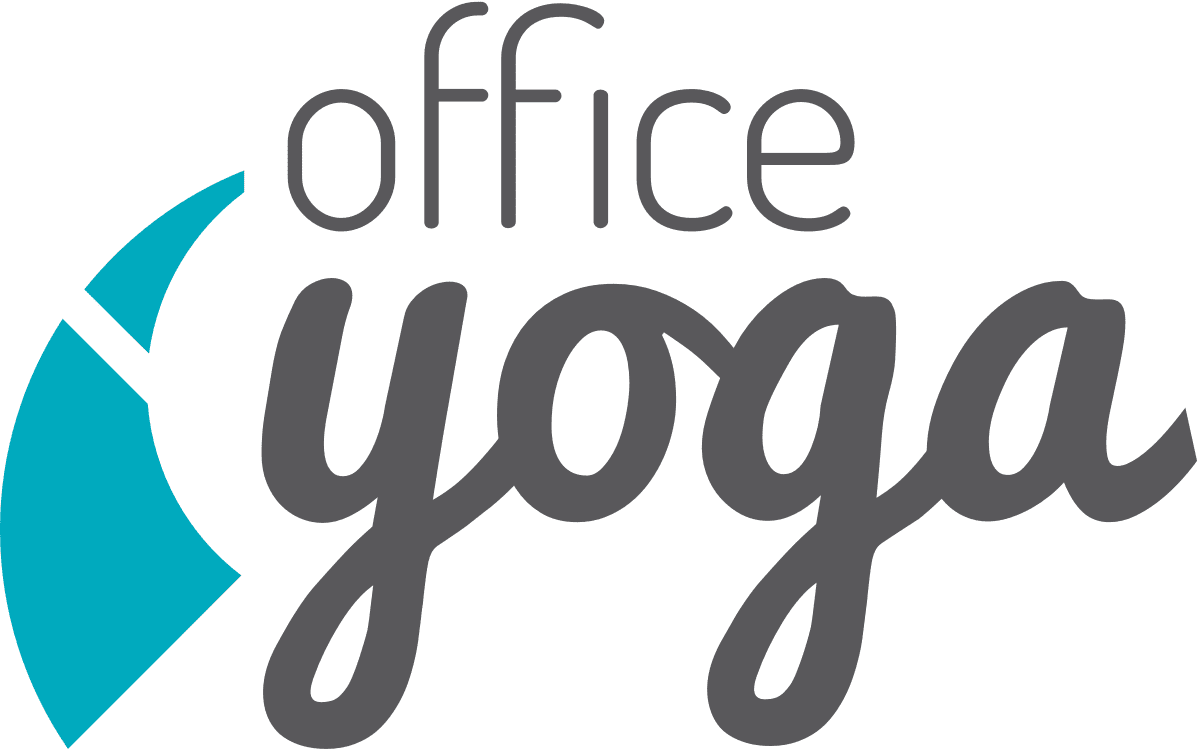7 Benefits of Office Ergonomics

Setting up the office ergonomics is like wearing a fine-tailored jacket. In 5th grade, I was the tallest person by a towering 6 inches. Then, I hit a growth spurt at a young age. Like a healthy plant in the sun, I shot up in height.
There was an uncomfortable period when my clothes didn’t fit. My sleeves were too short because my arms were longer. My ankles were exposed because my new legs were too long for my old pants. The inseam of my pantleg would ride up into some uncomfortable places until my mom finally took me to the outlet and bought some new clothes.
Similarly, Office Ergonomics is the practice of finding the right fit. Designing and arranging equipment in the office helps fit the natural positioning and limitations of the human body. It aims to optimize human performance, well-being, and overall safety. The benefits of ergonomics are numerous and can significantly impact individuals, organizations, and society as a whole.
7 Key Benefits of Office Ergonomics

Schedule an Ergonomics Workshop Today
- Improved health and well-being. Ergonomics helps prevent musculoskeletal disorders (MSDs) such as back pain, neck pain, and repetitive strain injuries (RSIs). Something as simple as lowering the keyboard can help draw the shoulders down the back and prevent neck pain. By designing workstations and equipment that promote proper posture and reduce physical stress, ergonomics enhances comfort and reduces the risk of work-related injuries and health issues.
- Increased productivity. When work environments are ergonomically optimized, employees experience less discomfort and fatigue. This allows them to work more efficiently and with greater focus. Ergonomic designs can streamline workflow processes, minimize wasted effort, and facilitate smooth movement, ultimately leading to improved productivity and performance.
- Enhanced safety. Ergonomics reduces the risk of accidents and injuries by identifying and addressing potential hazards in the workplace. By optimizing equipment design, layout, and organization, ergonomic principles help minimize the chances of slips, trips, falls, and other safety incidents.
- Higher job satisfaction. Ergonomically designed workstations and environments contribute to employee satisfaction and morale. When workers feel comfortable and supported in their tasks, they are more likely to enjoy their work, experience reduced stress levels, and have improved overall job satisfaction. This, in turn, can lead to increased employee retention and engagement.
- Cost savings. Implementing ergonomic solutions can result in significant cost savings for organizations. By reducing the number of work-related injuries, employers can save on healthcare expenses, workers’ compensation claims, and lost productivity due to absenteeism. Additionally, ergonomic improvements often lead to increased efficiency and decreased error rates, resulting in long-term cost reductions.
- Accommodation of diverse workforce. Ergonomics recognizes and accommodates the individual differences and needs of a diverse workforce. By providing adjustable and customizable workstations, ergonomic principles ensure that employees of different heights, body types, and physical abilities can work comfortably and safely.
- Long-term health benefits. By incorporating ergonomic practices into daily work routines, individuals can maintain their long-term health and prevent chronic conditions associated with prolonged poor posture or repetitive movements. Ergonomics promotes proper body mechanics, reducing strain on muscles and joints and helping to prevent the development of chronic pain and disabilities.
Overall, the benefits of ergonomics extend to both employees and employers, resulting in improved health, productivity, safety, and overall satisfaction in the workplace.
Interested in teaching Office Yoga? Learn more about our comprehensive program for Instructors through our Office Yoga Instructor Training.
